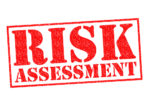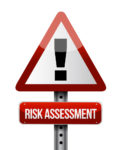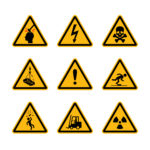Risk Assessment are carried out in a standard 5 stages. The HSE has a simple process to follow on risk assessing called the 5 steps of a risk assessment. We have put links in the student download area so you can find out more information. This process is standard with risk assessing and it works in […]


